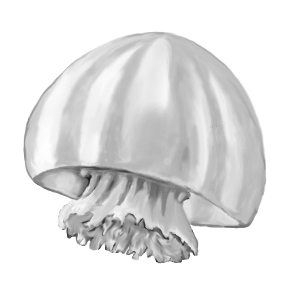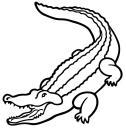
15. ______________________

16. ________________________
| Chapter 28 - Reading Guide | Name _____________________________ |
1. Animals are [ heterotrophs / autotrophs ]
2. [ All / Most ] animals are multicellular.
3. The cells in the skin of your hand are [ bigger than / the same size as ] the cells in your heart.
4. Organisms that have 2 copies of each chromosome are [mobile / diploid ]
5. The absence of a cell wall allows animals [ mobility / diploidy ]
6. A hollow ball of cells that forms after fertilization is called a [ blastula / mesoderm ]
7. In all animals except [ humans / sponges ] a zygote undergoes divisions to become a blastula.
8. The cells of animals are organized into functional units called [ blastula / tissues ]
Match the tissue layer to the part of the body it becomes
| 9. ______ Ectoderm 10. ______ Mesoderm 11. ______ Endoderm |
a. lining of the digestive tract, digestive organs b. outer layer of skin and sense organs c. most of the skeleton, muscles |
Match the body plan to its description
| 12. ____ radial 13. _____ bilateral 14. _____ asymmetry |
a. body parts arranged around a central axis, like the spokes
of a bicycle wheel b. body that is irregular shaped c. has a distinct right and left half |
What symmetry do these animals have?
 15. ______________________ |

16. ________________________ |
17. Segmented animals are constructed from a series of repeating units called [ segments / vertebrates ]
18. Evidence of segmentation in human beings can be seen in the [ skin / backbone ]
Match the name of the Phylum to the organism (figure 28-12)
| 19. _____ Cnidaria 20. ______ Mollusca 21. _____ Annalida 22. _____ Chordata 23. ______Nematoda 24. ______Platyhelminthes 25. ______ Porifera 26. ______Arthopoda 27. ______Echinodermata |
a. vertebrates b. segmented worms c. flatworms d. jellyfish e. sea stars f. sponges g. clams h. Roundworms i. insects |
28. A [ phylogenetic tree / kingdom ] shows how animals are related through evolution
29. Cues to animal relationships can be found in the [ class / fossil ] record.
30. Studies of [ fossils / DNA ] showed that pandas are more closely related
to bears than to raccoons.